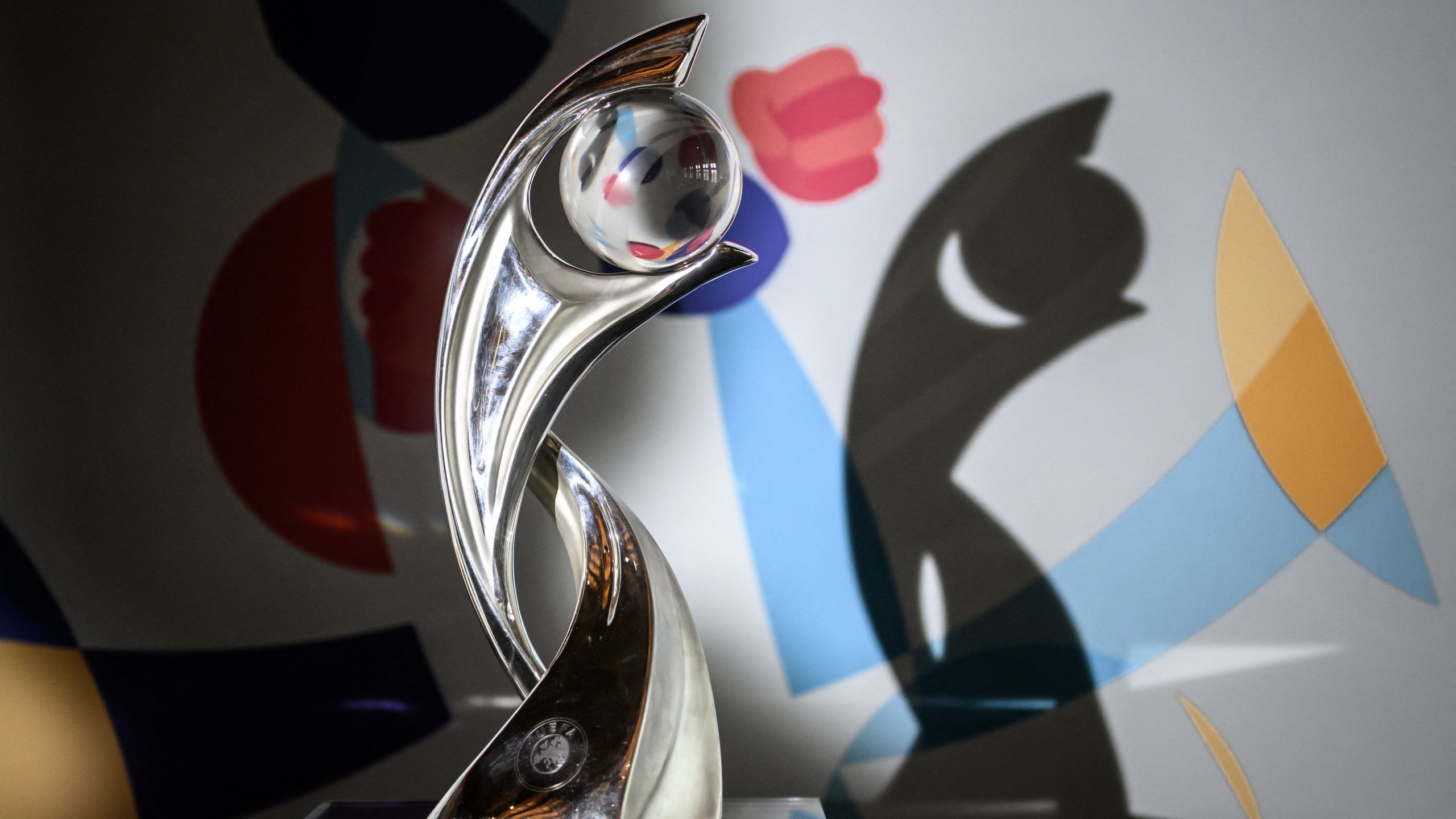Women’s Euro 2025 Prize Money Smashes Record €41m Mark
Women’s Euro 2025 prize money has rocketed to levels never seen before in the women’s game, sending a clear message that UEFA is finally matching soaring interest with serious investment.
How the record Women’s Euro 2025 prize money is split
UEFA has confirmed a total pot of €41 million, more than double the €16 million shared in 2022. Every one of the 16 qualifying federations receives a guaranteed €1.8 million just for reaching the finals, accounting for 70 percent of the fund. The remaining 30 percent is performance-based, rewarding wins, draws and progress through each knockout round.
Stage-by-stage figures
• Group-stage win: €100,000
• Group-stage draw: €50,000
• Quarter-final berth: additional €550,000
• Semi-final berth: additional €700,000
• Runner-up bonus: €850,000
• Champion’s cheque: €1.75 million
Add every possible win and the eventual champions can walk away with €5.1 million, a milestone high for the tournament.
Players guaranteed a slice of Women’s Euro 2025 prize money
For the first time at the Euros, every federation must pass on 30–40 percent of its earnings directly to its squad. Should a nation reach the knockouts, the player share rises to 35–40 percent. In real terms, members of the winning squad could pocket close to €100,000 each—life-changing sums that narrow the financial gap with the men’s game.
Why the player bonus matters
During the 2023 Women’s World Cup, FIFA’s direct-to-player payments were hailed as a breakthrough. UEFA’s adoption of a similar model ensures athletes benefit from the commercial success they drive, incentivising on-field excellence and providing funds to reinvest in personal development and post-career planning.
Club Benefits Programme: €9 million set aside
Domestic clubs releasing talent are no longer left out. Under the Club Benefits Programme, sides will earn €985 per player per day, covering a 10-day preparation window, the full tournament stay and a travel allowance. Minimum compensation is €19,700 per player (group exit) and can rise to €36,445 if that player reaches the final. Pro-rated payments protect both previous and new employers should transfers or injury replacements occur mid-competition.
Financial relief for grassroots operators
Women’s clubs often run on tight budgets. These payments help cover wages, medical costs and facility upgrades, rewarding academies that develop international-level talent and motivating them to keep investing in girls’ football.
Comparison with the 2022 edition
The jump in Women’s Euro 2025 prize money is stark:
- Total pot: €41 m vs €16 m (+156 %)
- Participation fee: €1.8 m vs €600k (+200 %)
- Club benefits: €9 m vs €4.5 m (+100 %)
Such growth eclipses the incremental rises of previous cycles and aligns the Euros with other top women’s competitions, notably the World Cup, which offered a €99 m-equivalent prize pool in 2023.
Drivers behind the increase
1. Broadcast boom: Record-breaking TV audiences for England 2022, peaking at 365 million worldwide.
2. Sponsorship surge: Blue-chip brands now vie for visibility in women’s sport, upping commercial revenue.
3. Host nations: Switzerland’s 2025 staging promises sold-out stadiums and fan-friendly travel, boosting match-day income.
4. Political will: UEFA’s five-year women’s football strategy commits to equal opportunities and accelerated funding.
Economic ripple effect across Europe
• National associations: Extra funds earmarked for youth development, elite coaching and medical infrastructure.
• Players: Increased bargaining power when negotiating club contracts.
• Broadcasters: Higher rights fees, but also larger audiences and advertising returns.
• Host cities: Tournament visitors expected to inject more than €200 million into local economies through hotels, transport and tourism.
Potential challenges
While the headline figures are impressive, distribution disparities could widen between nations with rich domestic leagues and those still semi-professional. Federations must channel revenues into long-term projects rather than one-off bonuses if they wish to close the competitive gap.
What it means for fans
Bigger stakes translate into more intense matches, star players at peak fitness and enhanced fan experiences inside modernised venues. Expect slicker broadcasts, expanded digital coverage and innovative match-day activations as sponsors scramble to showcase their commitment to equality.
Looking beyond 2025
If growth trajectories hold, the next tournament cycle could see Women’s Euro 2025 prize money serve as a baseline, not a ceiling. Industry analysts predict the 2029 fund could comfortably surpass €60 million, provided UEFA continues to bundle media rights smartly and federations meet grassroots benchmarks.
A call for continued accountability
Supporters and players alike will monitor how federations allocate their windfalls. Transparent reporting on coaching, medical staffing and youth-academy investment will be critical to proving that record pots truly advance the women’s game.
Opinion: Record pot is a landmark, not the destination
UEFA’s €41 million commitment feels monumental, yet it should be viewed as a starting point. Revenue growth in women’s football is accelerating quickly, and future editions must keep pace. Equally important is ensuring that funds trickle down—to players, clubs and community programmes—so the sport’s rising tide lifts every boat, not just the elite.
Share this content:

